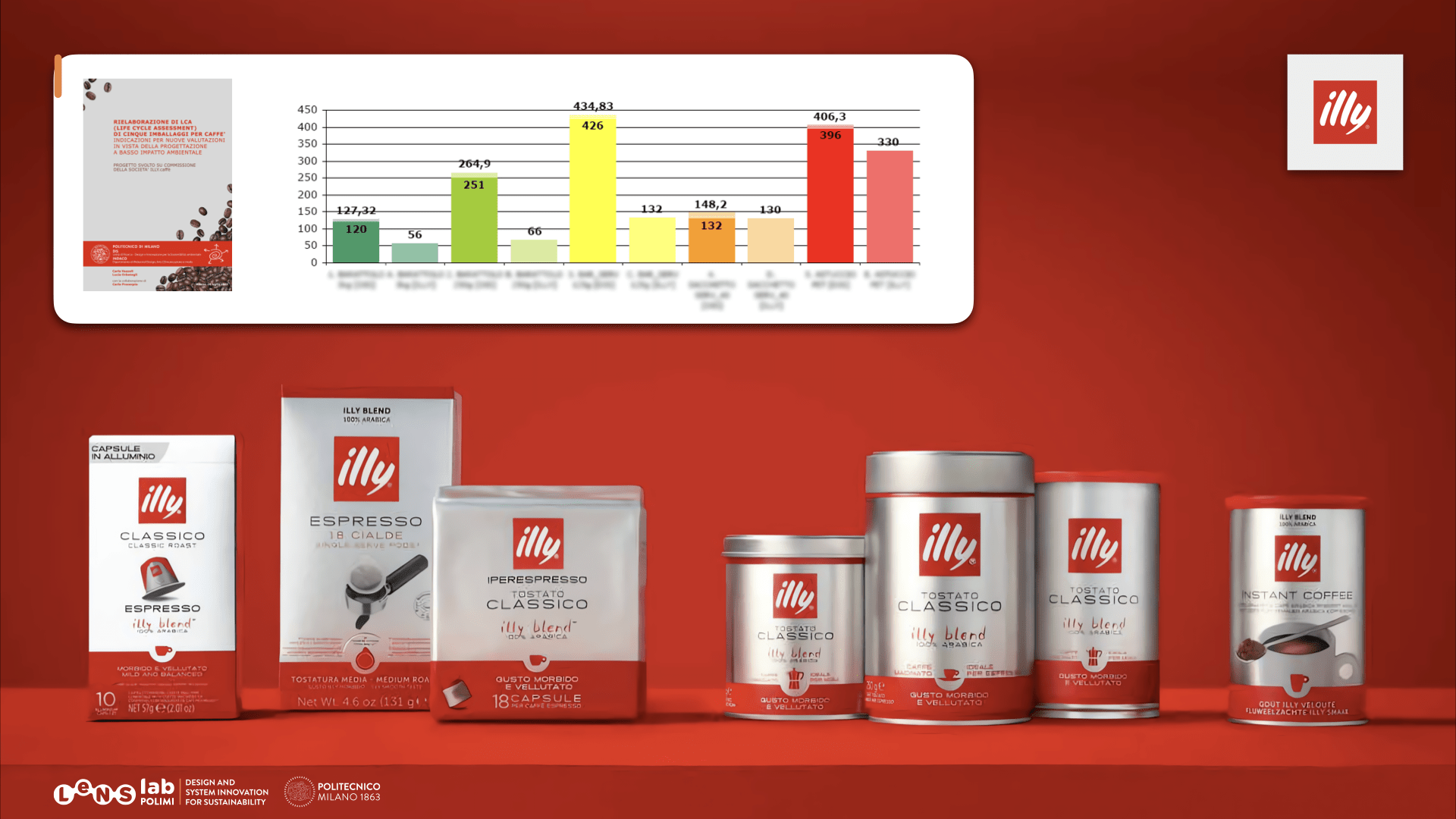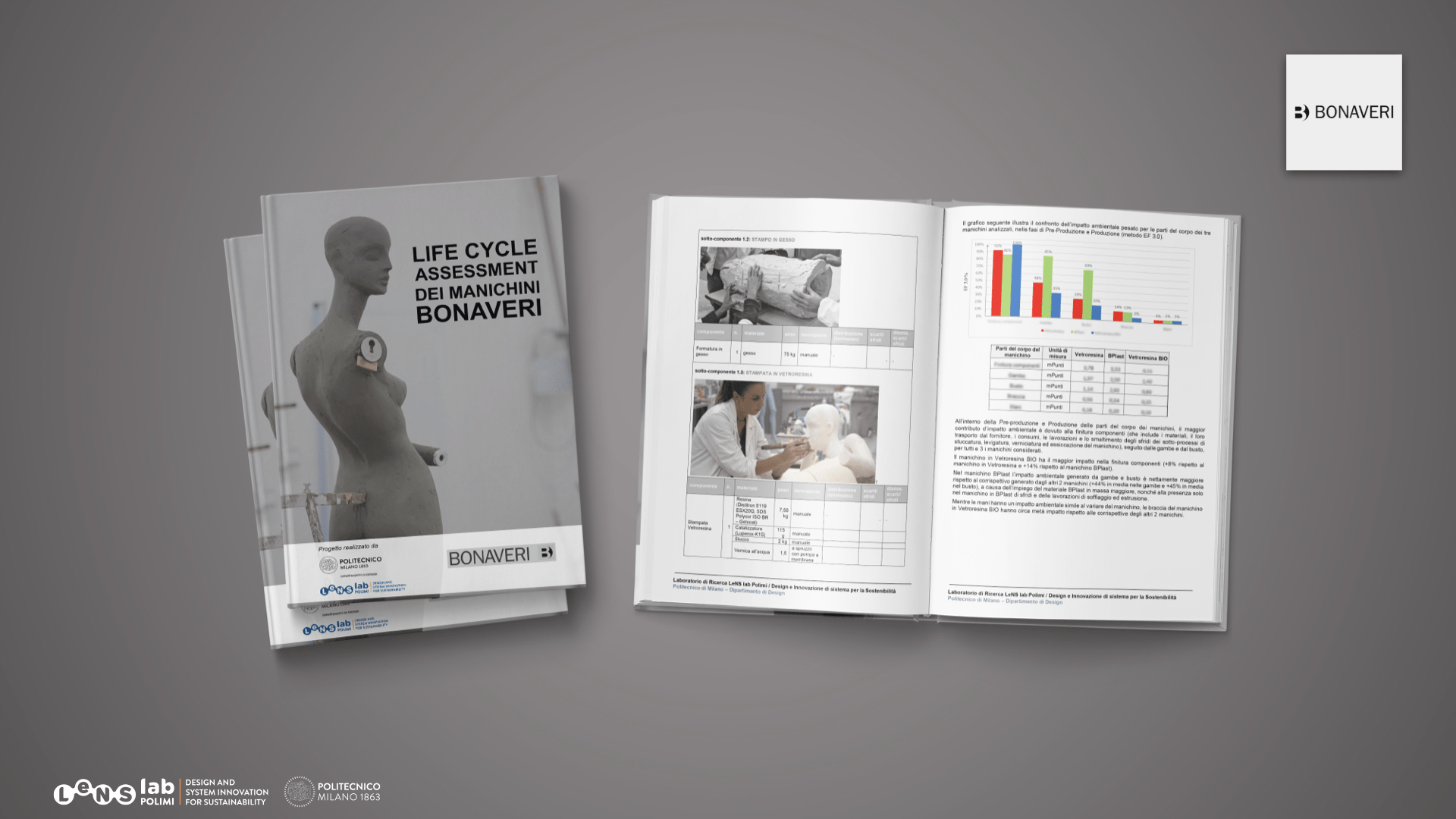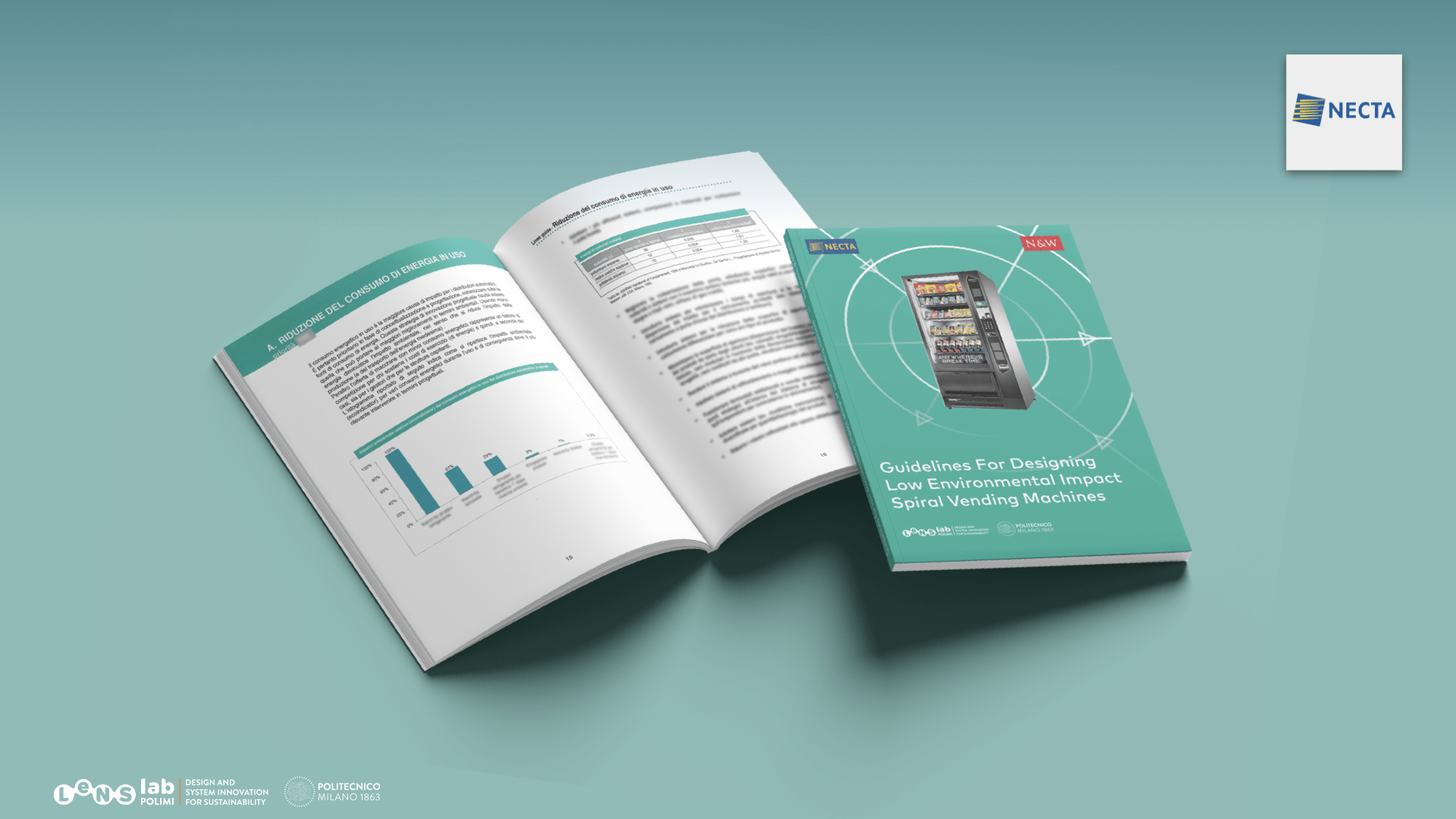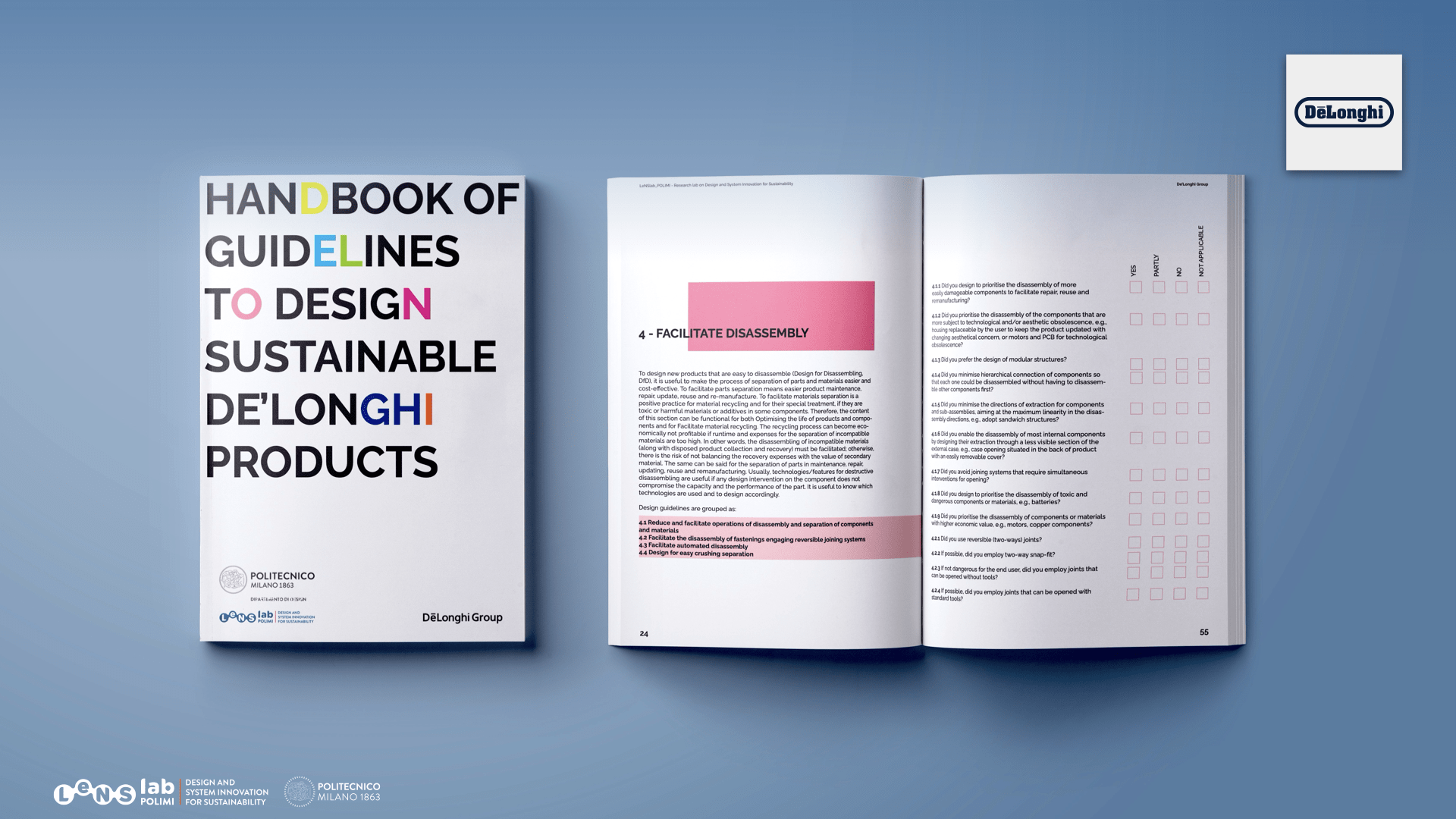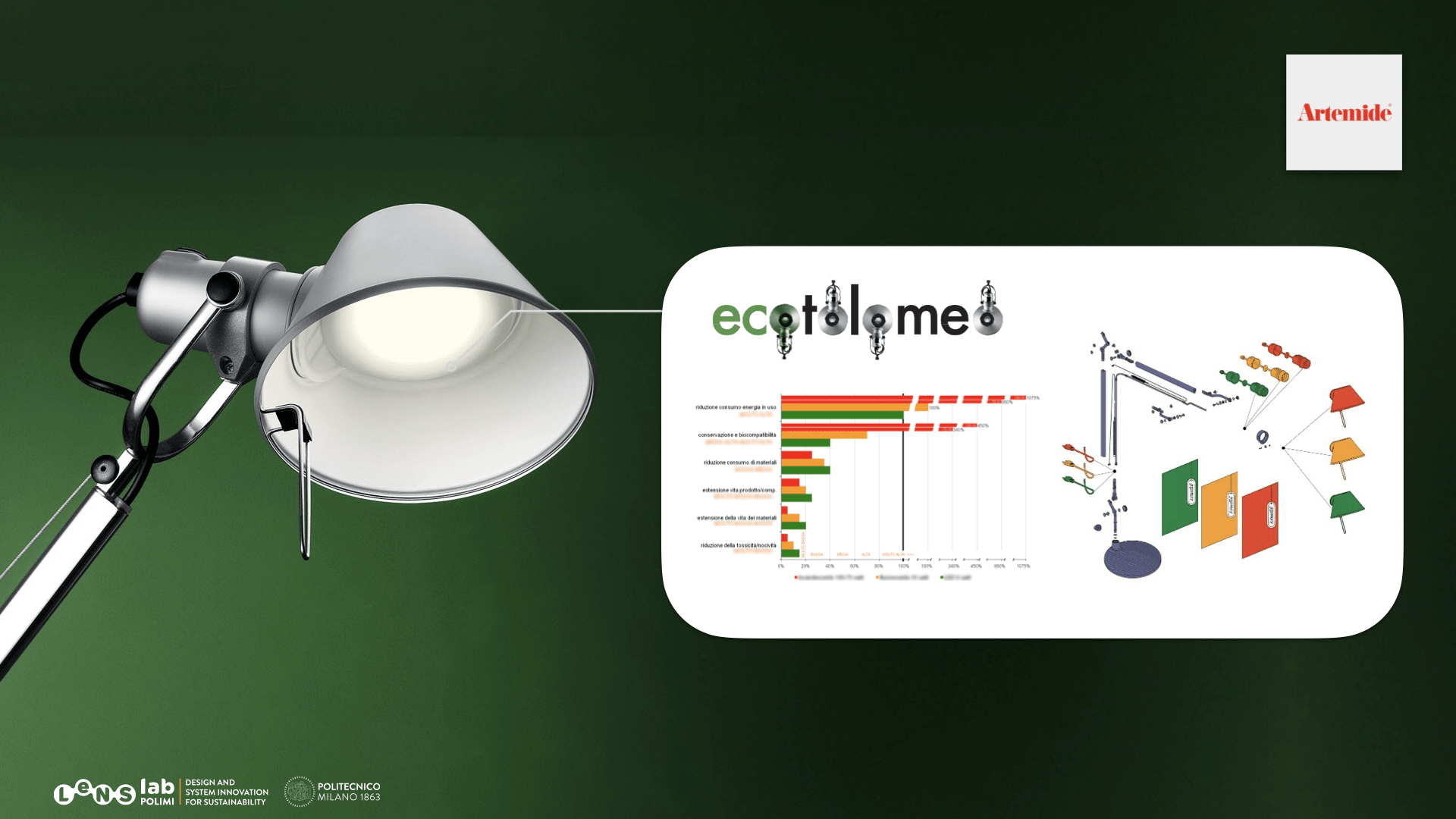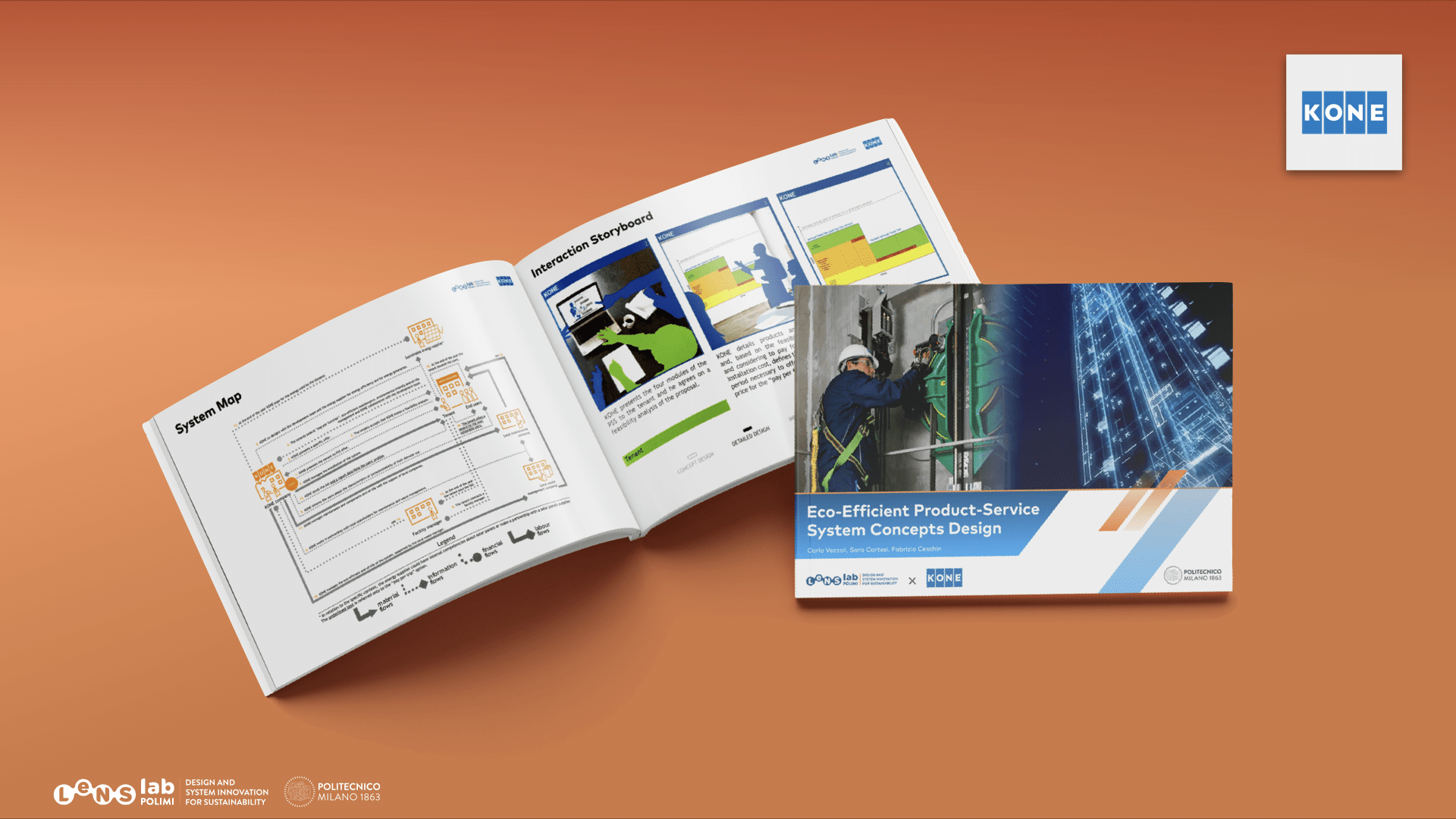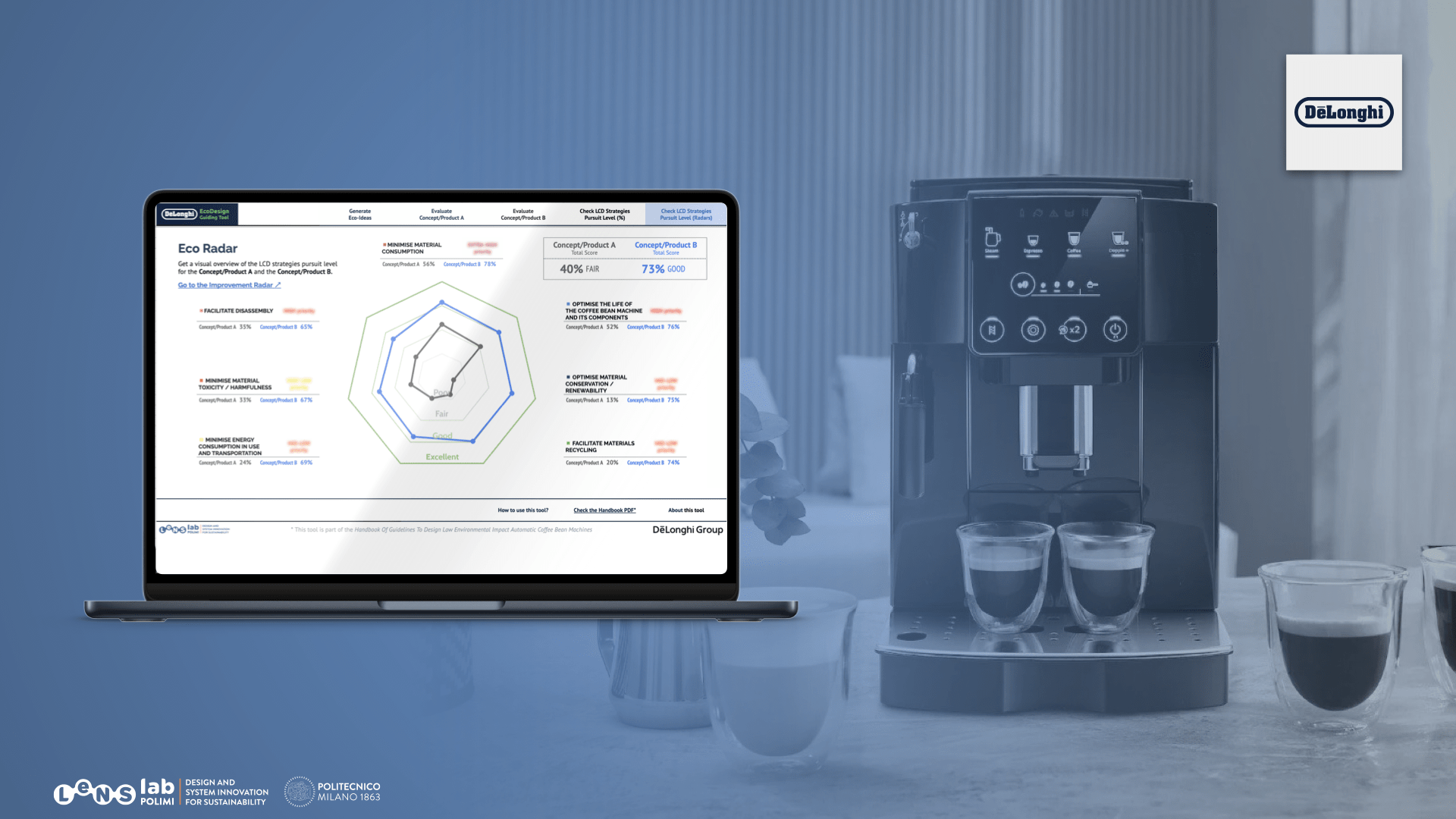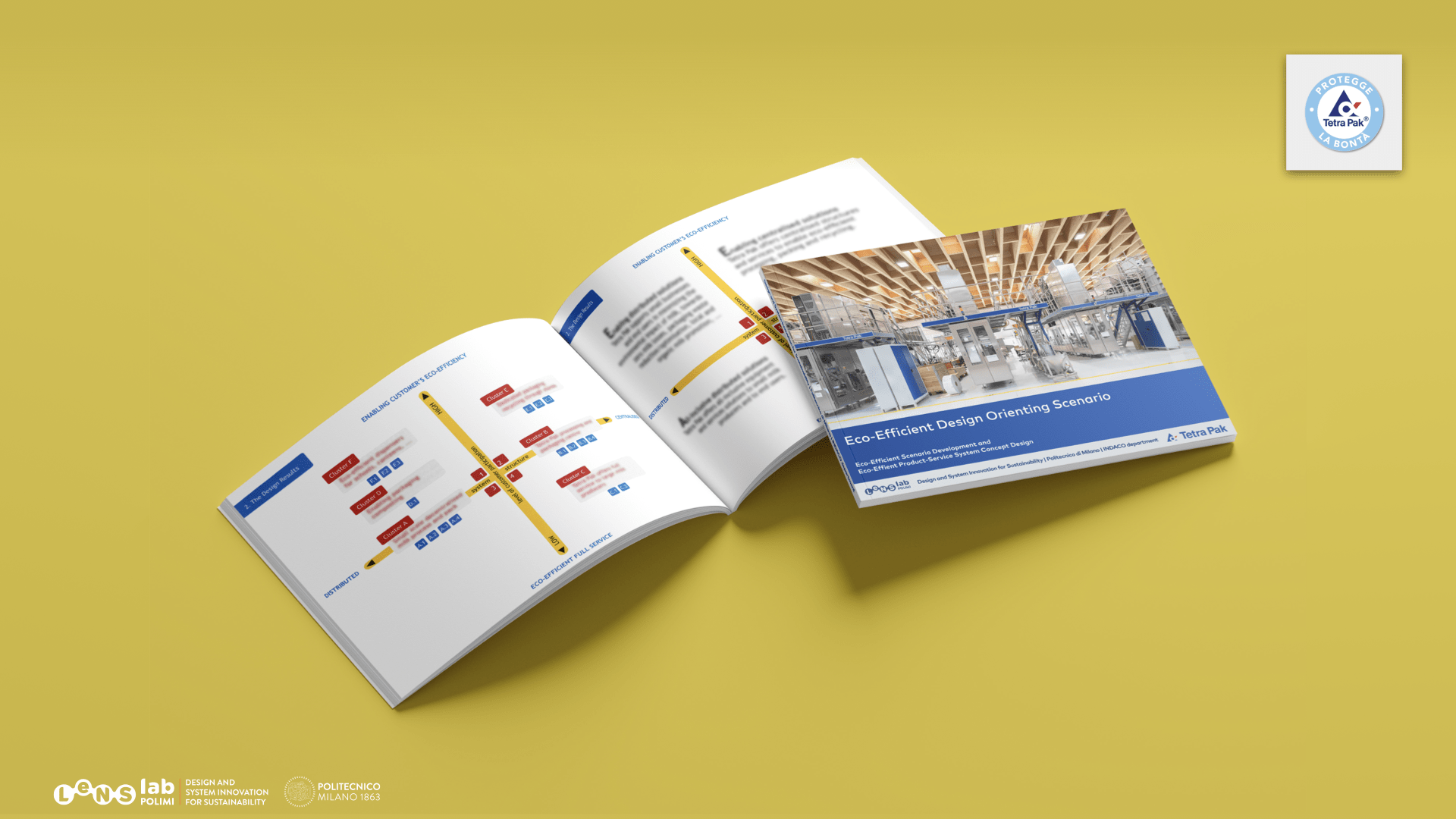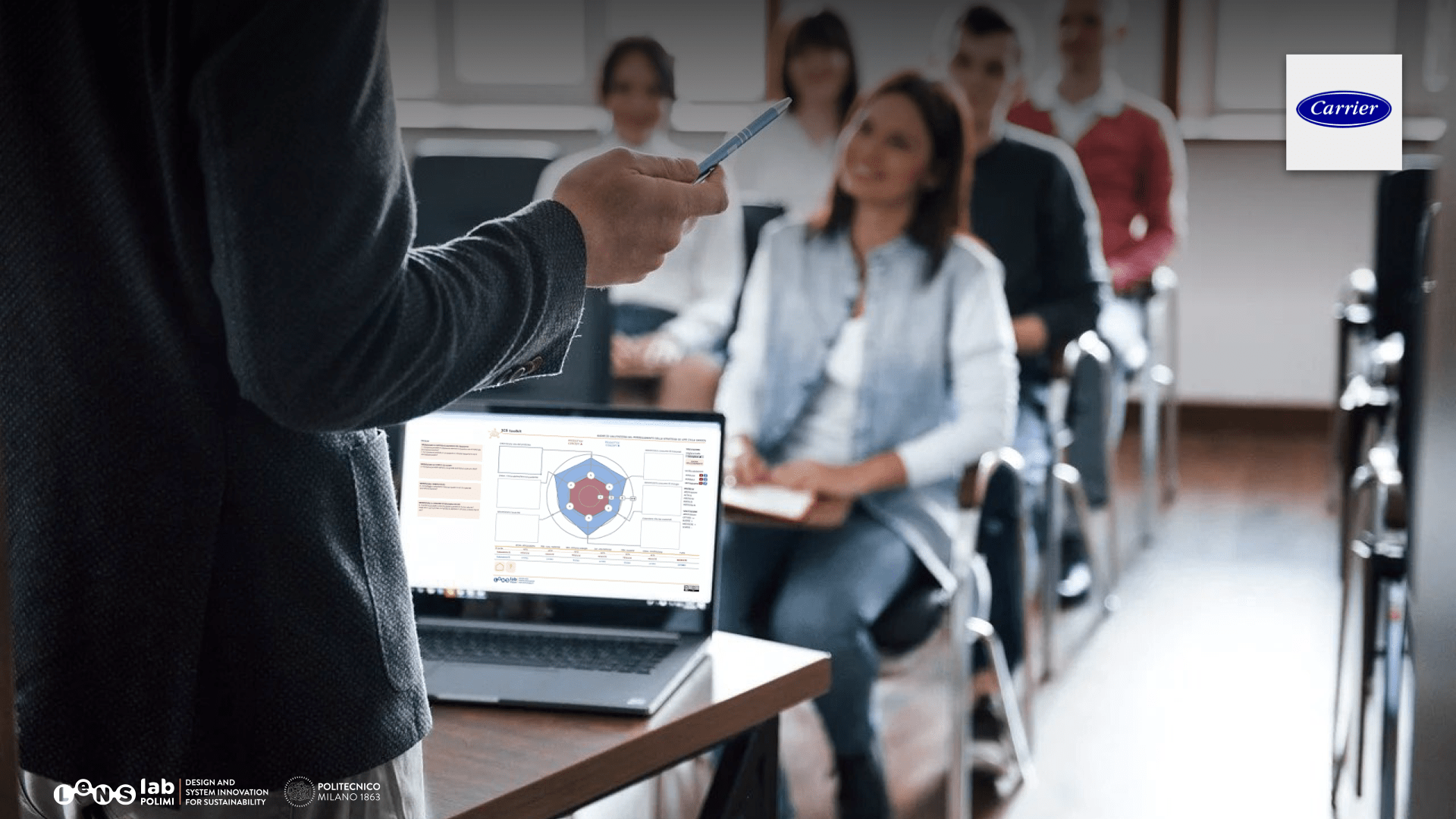AIMS
An assessment to move forward with product and business development for small and medium size organizations (SMEs).
HOW TO USE THE TOOL
The audit consists of three phases:
- Preparatory work : In this phase, the objective is to collect the basic information about the audited organization and its activities (e.g., its products and services, financial performance, and organizational structure) and additional information on design management, competitive position, supplier and customer relationships. Additionally, in this step the audit plan (time scheduled, involved personnel, logistics, meetings/workshops facilitation arrangements) is prepared and agreed with the audited organization.
Performing the assessments. Here, main data collection is carried out in the form of two separate assessments:
-Design Capacity Assessment: The objective of this assessment is to discover the (eco/circular) design capacity of the company. It determines the current design management processes and practices, strengths and weaknesses of the organization’s and identifies ways to improve product design practice throughout the organization. During this assessment, some factors or dimensions that shape the organization’s innovation and (eco/circular) design capacity will be analyzed:
- Strategy.
- Organization.
- Process.
- Linkages.
- Learning.
Each of them are measured by a set of questions to evaluate and assess the organization performance along the corresponding dimension:
-Circular Design Assessment: The objective of this assessment is to identify potential opportunities or approaches for improvement of product/service and business model of audited organization according to circular economy principles. This assessment is based on EcoDesign Strategy Wheel concept that is adapted to the context of the circular economy. It describes the range of circular design approaches that organizations can use to develop their products and business models. These approaches are presented in categories related to product life cycle stages starting with product design that considers the material considerations or resource conservation aspects and followed by typical product circular life cycle-based stages – manufacturing, product use, and end of life stage.
Additionally, design for system change (more specifically product as a service model) is included to the assessment:
- The workshop for this Circular Design Assessment usually covers: Introduction to the circular economy, Overview of circular design approaches/opportunities and related circular business models, In-depth opportunities discussion and evaluation of their potential regarding to organization context (based on attached assessment checklist below), Summary and next steps. The auditor facilitates the discussion and evaluation based on circular design assessment checklist that follows the above-mentioned set of circular design approaches. This checklist is filled by the auditor, based on the discussion with workshop participants. Each aspect of each circular design opportunity/approach category is assessed on the scale of low-to-high by marking an ”x” to any of the five positions.
The results are provided as a percentage of circular progress is given, subjective to participants’ opinion. 0% means no circular opportunities exist or are implemented so far and 100% means all circular opportunities have been used exhaustively.
- Report: The outcome of the EcoDesign Audit is presented to the organization in a documented report. The initial results with main conclusions and identified opportunities will be presented to and discussed with company managers before preparing the final report. This is advised because it is very likely that company managers will have a deeper insight into certain findings. Then, the final report will be presented to the company. This report provides a foundation to assess the business potential of every circular improvement within its given context and organizational setting.
Results
With this tool, the participating organization will receive recommendations for the improvement of design capacity and possible design approaches in the transition towards a circular economy model. This helps them to understand the opportunities for improvement and untapped potential for the organization, may it be eco-design, circular business models or the development of new sustainable products/services.
The outcomes of the audit are presented in a documented report. They can also be presented in a visual manner (diamond graph) to show of what the organization is lacking and what are areas that need to be improved.
TO VIEW AND DOWNLOAD THE TOOL: https://circulardesign.tools/wp-content/uploads/2021/05/EDC_EcodesignAudit.pdf
Product Processes and stages
PSS Processes and stages
- LCA or qualitative env. evaluation on ref. product (Product strategic brief/Design brief)
- LCD Strategies : Priorities definition (Product strategic brief/Design brief)
- Sustainable-focused ideas generation, selection and clustering (Product concept design)
- Environmental features + simplified LCA or qualitative concept evaluation (Product concept design)
- Simplified LCA or qualitative concept evaluation(Product concept design)
- LCA of comparison with original product or qualitative evaluation (Product detailed design and engineering)
- Documentation for communication for environmental quality (Product communication)
- Sustainability analysis of the existing PSS (Service strategic analysis/design brief)
- Generation of sustainability oriented ideas for PSS (Service concept design)
- Environmental, socio ethical and economic check (Service concept design, Service detailed design & engineering)
- Documentation for communication of sustainable qualities (Service communication


